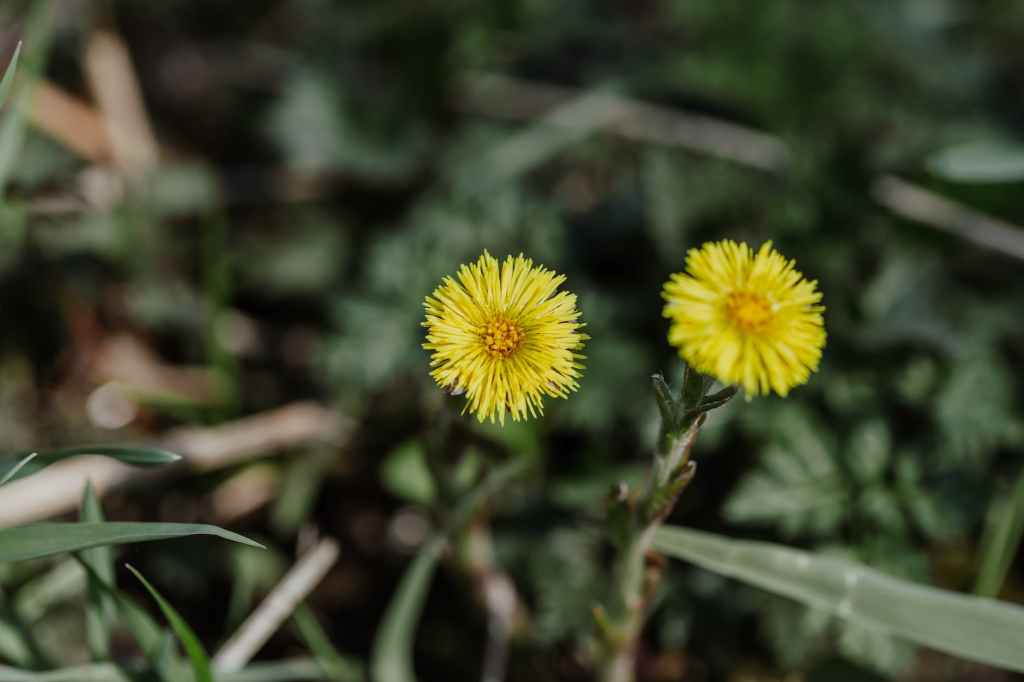
Healing Magick
Herbs have been used for healing since time immemorial in cultures all over the world. In herbal medicine, the herbs whose properties alleviate a particular illness or state of mind are taken internally or applied to the physical body externally. However, in healing magick, light and healing energies are transmitted through colour, crystals, herbs, oils and incenses and used as a focus for transferring healing energies to trigger the body and mind’s own immune system, through visualization and telepathic waves. In this way, healing magick is akin to spiritual healing.
By directing the natural restorative energies of the Earth, nature and the cosmos towards a sick or distressed person, animal or place through mind or soul flow, we can stimulate and amplify their self healing powers.
A number of witches are formally trained in the healing arts, using both conventional methods, such as surgery, and alternative therapies, such as chiropractic, aromatherapy and Reiki. Witches may also be members of healing associations, and conventional medicine is increasingly recognising the value of alternative and much older methods.
But many witches without any formal training in either conventional medical treatment or spiritual healing follow the tradition of the wise men and women, the Wicca. These practitioners passed their craft down over centuries, from one generation to the next, but we also all have an innate ability to heal, which tells us how to soothe a loved one’s headache or a child’s distress.
Unlike some modern physicians or surgeons, who sometimes regard the prolonging of life as the major purpose of their work, regardless of the quality of that life, many witch healers, like other spiritual healers, accept that sometimes decline and death are inevitable. So they work to ease the parting and the passing over, knowing that this life is not the end. Magical healing has a very gentle tradition.
You can carry out healing with the sick person present, by directing the light and energies towards them. This can be done, for example, through a candle flame set between you. Alternatively, you can circle a pendulum over their head, widdershins to remove pain for whole-body healing or to ease a painful place, and deosil to restore energies. If the subject is absent, you can visualise them and send
healing light across the cosmos. Healing magick can also be used with your pets, and for more general purposes, such as healing a particular place or the planet.
Do note that I am not claiming that the methods of magick healing given in this chapter will always effect a complete cure; if you suffer from a chronic or acute condition that does not quickly improve, you should consult your conventional doctor or registered alternative medical practitioner. However, magick has successfully been used in speeding healing, partly, it would seem, by stimulating the body’s own self-healing system, operating through the close connection between mind, body and spirit in a way that the medical profession is only now beginning to understand.
Source:
A Practical Guide to Witchcraft and Magic Spells
Author: Cassandra Eason







You must be logged in to post a comment.